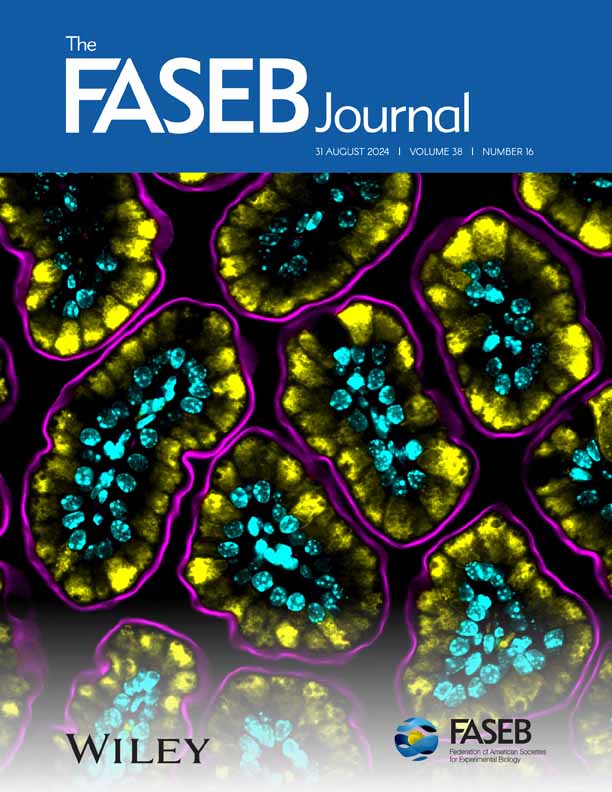Mitoribosome-Targeting Antibiotics Suppress Osteoclastogenesis and Periodontitis-Induced Bone Loss by Blocking Mitochondrial Protein Synthesis
Abstract
The onset and progression of periodontitis are closely related to metabolic reprogramming in the periodontal microenvironment, with osteoclasts playing a critical role in tissue destruction. Single-cell RNA sequencing (scRNA-seq) of periodontal tissues from healthy individuals and patients with severe chronic periodontitis revealed a significant increase in the expression of mitochondrial-related genes during osteoclast differentiation, suggesting the critical role of mitochondrial function in this process. This study investigates the potential of the novel mitoribosome-targeting antibiotic radezolid in inhibiting osteoclast differentiation. In vitro experiments showed that radezolid significantly suppressed osteoclast differentiation in RAW264.7 and bone marrow-derived macrophage (BMM) cells, and further analysis using flow cytometry and electron microscopy confirmed its inhibitory effect on mitochondrial function. Additionally, the addition of pyruvate was able to restore the NAD+/NADH ratio in the cells and partially reversed the inhibitory effects induced by radezolid. Finally, a rat model of periodontitis was used to validate the therapeutic potential of radezolid in inhibiting the progression of periodontitis. Taken together, these results suggest that radezolid, through targeting mitochondrial function, offers a novel therapeutic strategy for periodontitis treatment.




 求助内容:
求助内容: 应助结果提醒方式:
应助结果提醒方式:


